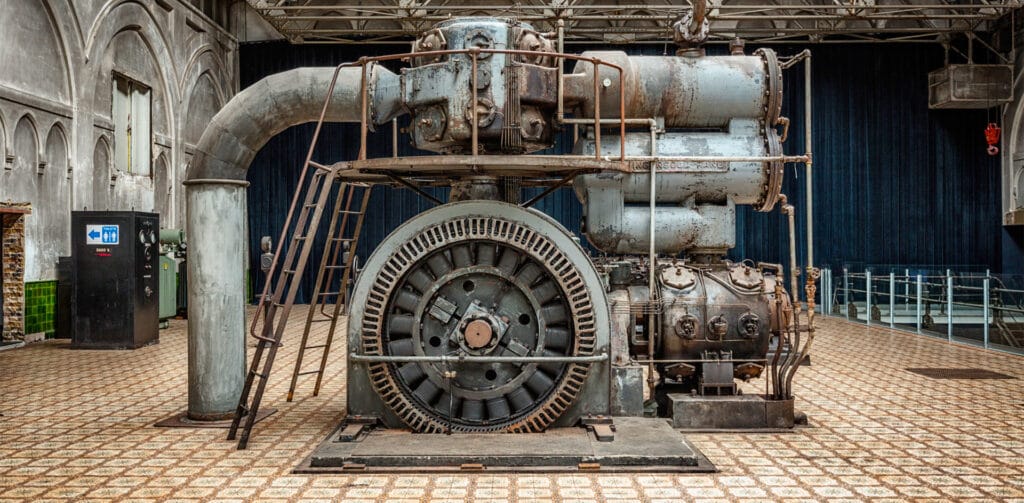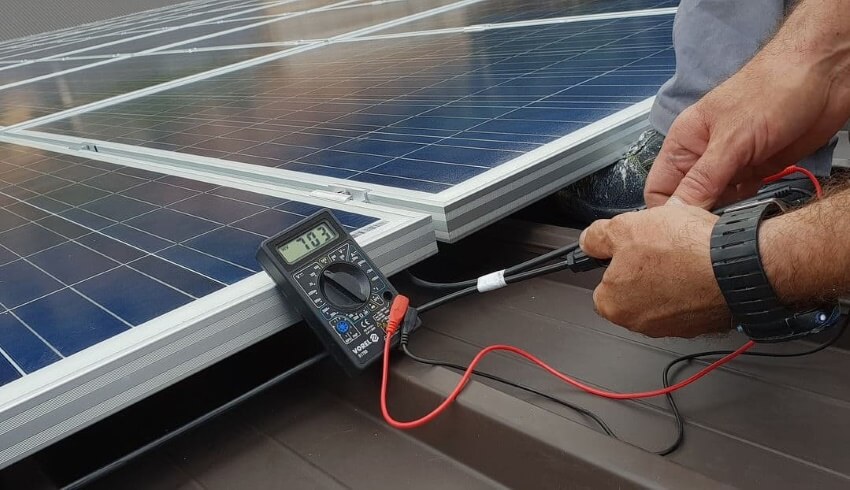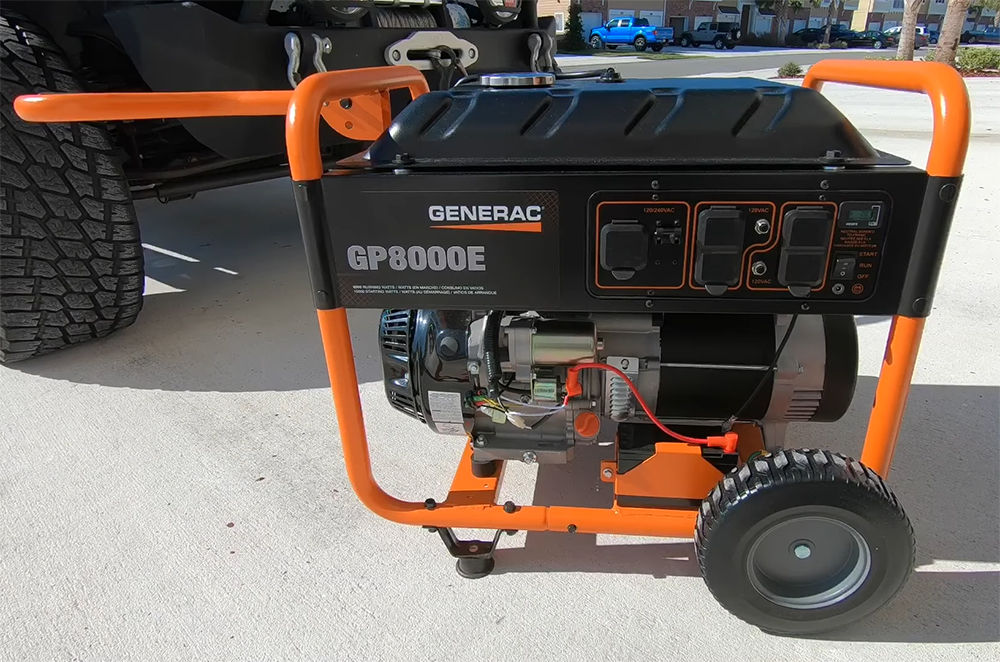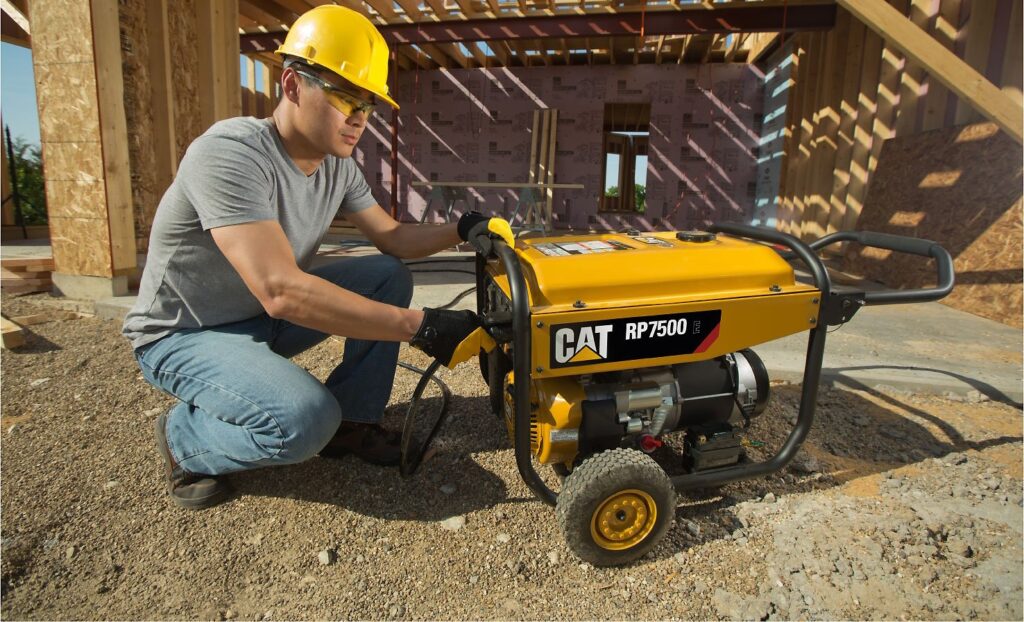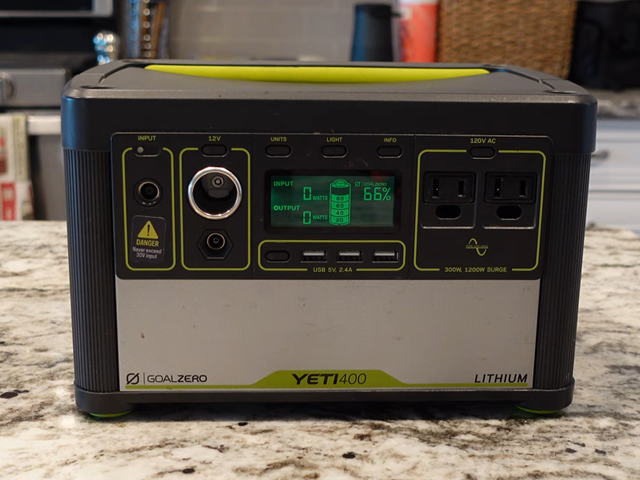
Generators have been around for many years providing homes and industrial workers with all the power they need to get important jobs done. Generators are great in theory, but their overall design and function is somewhat old fashioned and outdated. With new generators being introduced to try and be more effective, it leaves many consumers wondering the differences between the old and the new. We look at inverter vs generator sources of power to determine the benefits and drawbacks of each unit to try and help you pick the best one for your needs. To start off our search, let’s take a look at the main differences between inverters and conventional generators.
When you need power, the last thing you are probably wondering is what kind of generator is providing your power. On paper, an inverter generator vs conventional generator comparison doesn’t seem very different, but there is much more to be discovered. Let’s take a look at each type of generator and how they go about producing power.
The conventional generator has been around for many years and have been serving people with various needs for many years. A traditional generator uses a simple engine design that generates a certain level of power by using its motor to activate an alternator that then transfers energy into electricity. The overall process is fairly simple to understand, and the simplistic nature of the design makes these generators easy to use. Traditional generators use their engines to produce AC power and are designed to produce very large amounts of power if necessary. The more mechanical elements of the traditional generator add a level of simplicity while also making the units rather heavy. In general, a traditional generator is ideal if you are looking to power some tools or a home and just need a reliable source of power.
If a traditional generator is a rotary phone, then the inverter generator is an iPhone. Inverters are a much more recent development in the generator field and are creating all new ways to use generators. The same general idea of using fuel to generate power stays true with an inverter, but the method that generates the actual power is much more complicated. Unlike the AC power that is generated by a traditional generator, an inverter generates DC power and then inverts the power through a complicated electronic process back into AC power to be used as normal. Inverters are very advanced in their methods of operation and give users a much more modern power experience.
To give you some insight as to the differences between the two types of generators, we will take a look at what exactly makes these two generators unique. We will look at some of the more obvious things that make them different while also looking at some of the differences that many seem to forget.
When it comes to the size of generators, that can be a rather important determining factor if you plan on moving the generator around often. For those who need a small and compact generator, an inverter will definitely be your best bet. Due to most of their power being generated through electronic methods, the way the generator works doesn’t need nearly as much space as a normal generator. An inverter generator is compact enough to stow in your car and also seems to be very popular among boat owners who want a generator that is easy to fit. As far as weight goes, the same story is true with inverters being much lighter. In almost every way, inverters are smaller and lighter than traditional generators which can easily weight over 300 pounds and be very large. Inverters also look much sleeker and more refined than the rugged looking traditional generator.
What the traditional generator lacks in portability and light weight design it easily makes up for with raw power output. Traditional generators use a very basic form of energy generation, so they are designed to produce as much power as possible without consideration for much else. Depending on how much power you need, a traditional generator will probably be able to meet your needs. Typical power generators around 5,000 watts can easily power a houses basic needs with generators ranging all the way up to 50,000 watts being used to power construction sites. Inverters are substantially less powerful due to their size and design and can really only power up to 4,000 watts on their own at max.
Fuel efficiency is a unique category due to the fact that it can really swing either way depending on your needs. Each generator uses its design to help it generate power and the fuel efficiency can kind of be lost in translation. Since traditional generators are much bigger, they naturally have larger fuel tanks and can stay on for longer than inverters. However, inverters are much more fuel efficient and don’t need nearly as much fuel to get their job done. If you need just a small amount of power and don’t have much fuel, the inverter wins every time. If you need to keep power going for many hours however, the large fuel tank of the traditional generator may not be as efficient, but it will run for longer.
When it comes to power quality, the modern and intelligent design of the inverter give it a clear advantage when it comes to the quality of the power. To make the comparison easy, think of a traditional generator like a hose and an inverter like a filtered tap. The traditional supply may be able to output a lot of power for a long time, but the “filtered” electricity that comes from the inverter is much cleaner. This cleaner energy is the result of the inverter changing the DC power into a refined AC power output that has been made much more stable.
Noise is a big consideration to have if you plan on working or residing in close proximity to the generator. For another analogy, the traditional generator is an old mustang with no muffler and the inverter is a modern hybrid. The inverter is specially designed to be as quiet as possible with a quiet engine and special sound muffling components that allow it to generate electricity on a varying degree to limit overall sound output. Normal generators only run at one speed and usually lack sound suppression so that many of them can sound like lawnmowers and make quite the racket.
Parallel capability is a fairly new idea that has arisen with the invention of the inverter. Essentially what this feature does is it allows two inverters of the same model to work together in parallel to produce twice the power of one generator. This is possible because of the complex electronics of the generators and allows the normally smaller output to be raised by added additional generators. This feature is not available on traditional generators.
Last but arguably most important is price. The price you are willing to pay for certain features and needs can vary drastically with every different generator. In general, an inverter will be much more expensive than a normal generator because of the sheer complexity of the machine. A normal generator is a simple and effective tool that can be bought for much cheaper than an inverter. If you just want raw power for cheap, a traditional generator is for you.
With the general comparison of the generators concluded, let’s look at the real-world applications of using these generators for actual tasks.
When the power goes out at your home, there is little that you can do to fix the situation unless you have a generator. To power your home, you will need a generous amount of power to keep things running smoothly. Many homeowners rely on traditional generators for emergencies and their reliability and ability to generate plenty of power makes them a great choice. You can hook them up to your house with relative ease and you are able to use the generator to keep your lights on and house operating like normal. You will want to keep the generator away from your house and the noise is a price you’ll pay for home comfort.
Unlike powering your entire house, powering electronics does not require all that much power. Even if you are looking to run a large amount of electricity, using energy to power electronics is what the inverter was designed for. Using a normal generator to charge electronics could put them at risk as a traditional generator does not do a great job of dealing with sensitive electronic equipment. An inverter however will give you the cleanest source of power and will ensure that your electronics are getting charged effectively and also with the cleanest power possible. When sensitive electronics are at play, going for the inverter will be a much safer route.
Power tools are one of the most common uses for generators as you can use the generator at hard-to-reach locations that need tools. Power tools are some of the most basic tools you can use so they are not picky when it comes to how they receive their power. Unlike the other scenarios, this option can come down to what tools you are using and where you are working. If you are just looking to power a saw for some home renovation and don’t want a loud noise, go for the inverter. However, if you need to power something like a welder, then the traditional generator will suit you much better. If you want to use a few more tools than just one, then a traditional generator will provide all the power you could need.
Having the power you need to have a good time is always a consideration when you are planning on being in the outdoors. Whether you are going camping or just waiting for the big game, having a generator can be the difference between a boring afternoon and a memorable experience. The issue with things like camping and tailgates is that even though you need power, you can’t be obnoxious to those around you. Using an inverter in situations like these is probably your best option because when you want to have enough power for small power utilities without making too much noise to annoy your neighbors. Especially when it comes to camping, having an inverter to give you quiet power is a huge bonus for any trip.
Similar to camping, being in the outdoors is nice until you want to watch some movies or cook dinner. When you are taking your RV off of the road, having enough power to keep your trip going will make you want to never leave the wilderness. If it is just you going camping, then a normal generator would be your best bet for enough power to run all the utilities that your RV needs. If you have a higher budget and use your RV a lot, possibly investing in a set of two inverters for parallel power would give you all of the power of a larger traditional generator without all of the annoying sounds and a much mor efficient system.
From the campground to the work site, every person and situation calls for a very different set of needs. Maybe you need the ultra-modern inverter for your laptop or an old but reliable traditional generator to power your saw. No matter what your situation is, understanding the differences of an inverter vs generator will help get you the power you need most.
